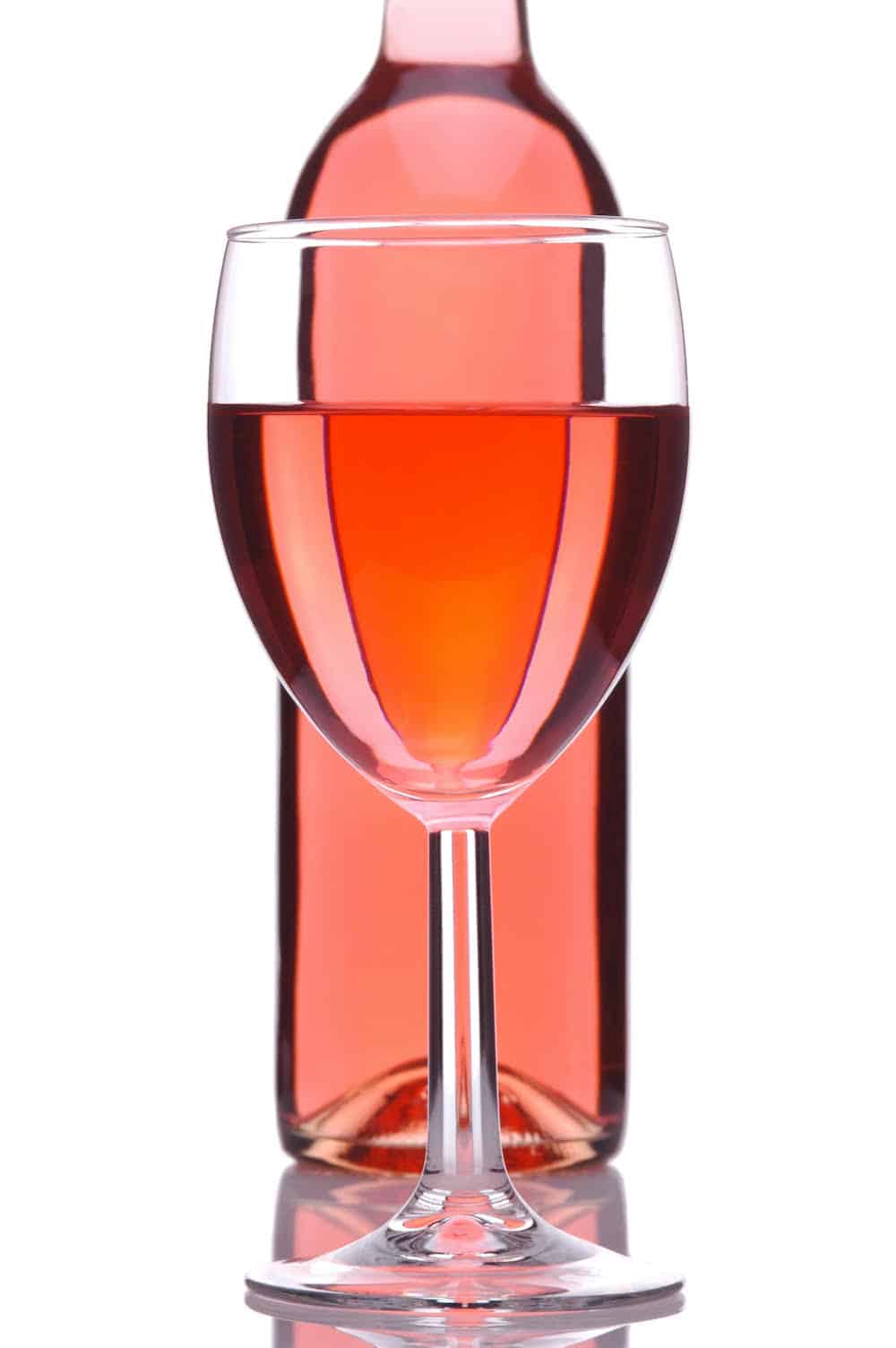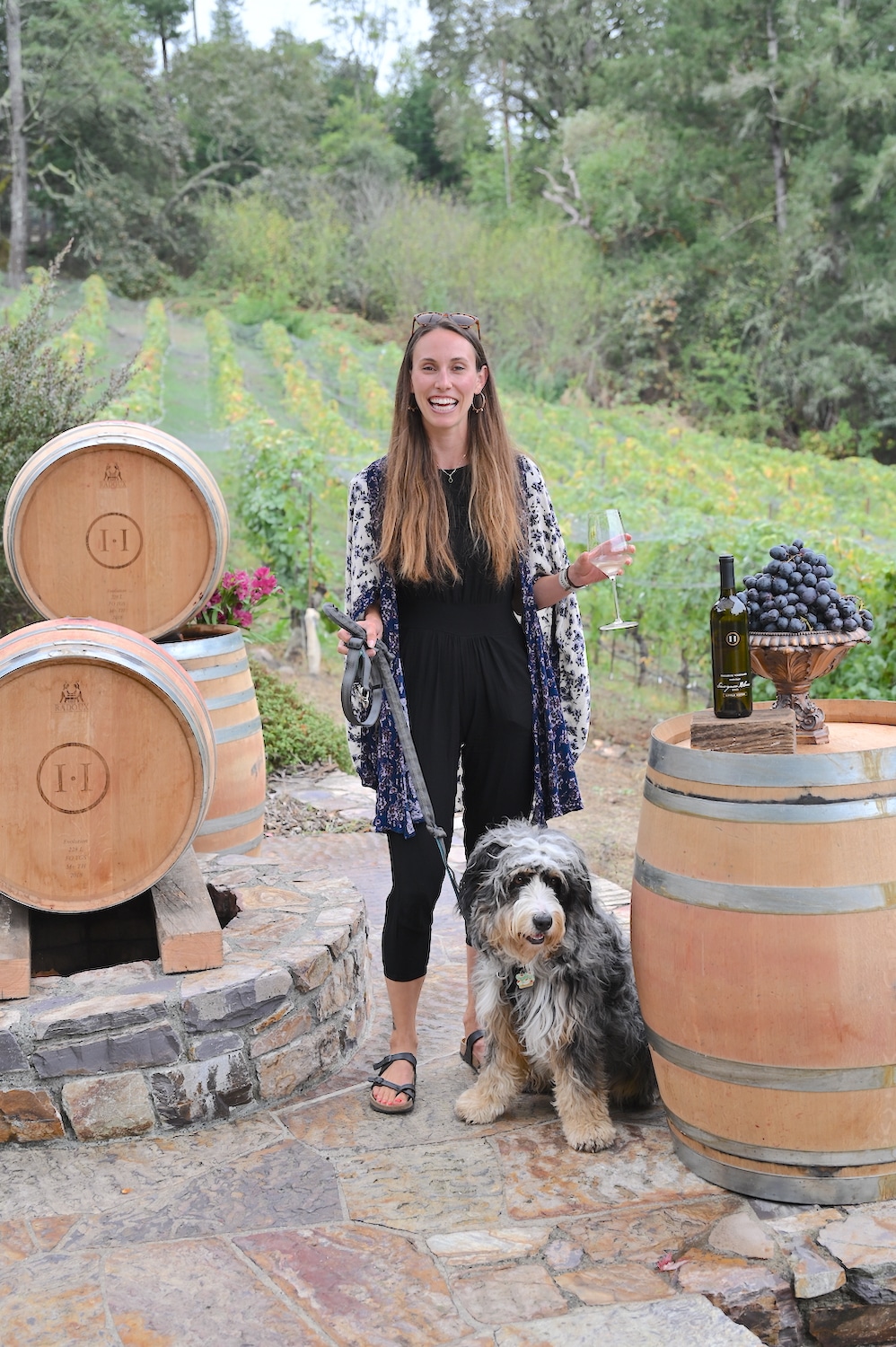Family-Oriented Wine Tasting Venues In Sebastopol - Sonoma's Finest Wineries
Family-Oriented Wine Tasting Venues In Sebastopol - Sonoma's Finest Wineries
Blog Article
Wineries Known For Handcrafted Wines - Iconic Wineries Of Sebastopol
Wine tasting is an art that requires practice and an understanding of various elements concerned within the course of. One crucial component of wine tasting is the development and interpretation of tasting notes, which function a guide for each novices and seasoned connoisseurs. A Guide To Understanding Winery Wine Tasting Notes can enhance your wine-tasting experience, making it extra meaningful and gratifying.

Tasting notes are concise descriptions that capture the essence of a wine’s flavors, aromas, and general character. Normally composed by professional tasters, winery tasting notes provide insights into the nuances of various wines. They might help wine enthusiasts understand what to anticipate from a specific bottle. Nevertheless, tasting notes can vary widely in style and detail primarily based on the writer's experience and palate.
Wineries Near Sonoma Square - Scenic Wineries Of Sebastopol
When you first approach a glass of wine, your senses will begin to have interaction right away. The sight, scent, and taste of the wine will converge to offer you an entire experience. Tasting notes typically begin with the visual evaluation, where the colour of the wine is taken into consideration. Colour performs a significant function in indicating the wine’s age, grape variety, and even its flavor profile.
After assessing the visual side, the next step involves swirling the wine in the glass. This motion aerates the wine, permitting its aromas to awaken. Smelling the wine provides important insight into its complexity. The preliminary sniff can deliver a flood of scents that may embrace fruity, floral, herbal, or earthy notes. This is usually probably the most subjective a part of tasting, as individual experiences can dramatically differ.
In winery tasting notes, descriptors are sometimes categorized into main, secondary, and tertiary aromas. Primary aromas usually stem from the grape selection, secondary aromas derive from fermentation processes, and tertiary aromas arise from growing older. Understanding these classes might help you recognize the depth of a wine, and they additionally give you the vocabulary to precise your experience higher.
Wineries With Educational Tours In Sonoma - Sonoma Wine Tasting Tour
Following the olfactory encounter, your focus will shift to the taste of the wine. This is the place the primary characteristics—sweetness, acidity, tannins, alcohol—come into play. Tasting notes typically element these flavors in multiple dimensions, together with the initial attack on your palate to the lingering end on your tongue. A high-quality wine will current a harmonious stability between these components.
Whereas tasting, it is important to contemplate the physique of the wine, which could be described as light, medium, or full. The physique contributes significantly to your general impression, serving to you think about how the wine pairs with food or whether it stands alone as a sipping wine. Balancing the physique with the other traits will provide you with a fuller understanding of what the wine has to supply.
The finish of the wine, additionally referred to as the aftertaste, is another crucial facet typically included in tasting notes. A long, nice finish usually signifies a higher high quality wine, whereas a short or cloying aftertaste might counsel in any other case. Evaluating the end can offer further perception into the wine's complexity and distinction.
Understanding the context of winery tasting notes can also be useful. Tasting notes can present contextual information about the vineyard's location, climate, and grape-growing practices. This context provides one other layer of appreciation for the wine, allowing enthusiasts to attach the sensory experience with its origins, thus enhancing the enjoyment further.
Wineries With Unique Varietals - A Winery In The Sonoma Valley To Discover
Many wineries provide tasting notes on their websites or labels, often written in an approachable but informative style. Nonetheless, not all winery tasting notes are created equal. Some could additionally be overly technical, whereas others may prioritize advertising aptitude over insightful analysis. Studying to navigate these notes can arm you with the knowledge to make informed selections when choosing wines.
Collaborating in tastings at wineries can also deepen your understanding of wine tasting notes. Interacting with knowledgeable employees can give you a extra hands-on approach to exploring different wines and the language used to describe them. Best Wineries For Wine Tasting In Sonoma. You'll have the chance to ask questions, engage in discussions, and doubtlessly refine your palate in real time.
Experimentation is essential for mastering wine tasting notes. As you sample totally different wines, strive making your individual notes. Focus on describing the wine’s color, aroma, taste, and finish. Over time, you’ll develop a personal vocabulary that resonates together with your sensory experiences. Each note you create will help refine your palate, allowing you to appreciate wines at a deeper level.
Wineries Offering Virtual Wine Tastings - Exploring The Vineyards Of Sonoma
In conclusion, a Guide To Understanding Winery Wine Tasting Notes offers a complete framework for diving into the world of wines. It equips you with the strategies and language essential to articulate your experiences. Whether you're a casual drinker or a dedicated aficionado, understanding and using tasting notes can profoundly impression your wine journey. This data not solely enhances your enjoyment but additionally connects you deeply with the wealthy narratives each bottle tells. By embracing this journey, you turn out to be a part of the this article beautiful mosaic of wine tradition, where each sip unveils a model new story ready to be discovered.
- Wine tasting notes usually encompass a big selection of sensory descriptions, together with aroma, flavor, acidity, physique, and finish, allowing tasters to fully appreciate the wine's traits.
- To improve your understanding, familiarize your self with widespread wine terminology such as "tannins," "oakiness," or "terroir," which can help decipher the notes more successfully.
- A systematic strategy to tasting involves first visually assessing the wine's colour and clarity, followed by swirling to release aromas, then inhaling and describing what you experience.
- Taking notes throughout tasting can help identify patterns over time, improving your palate and making it simpler to recall preferences for future alternatives.
- Don't overlook the influence of food pairings; tasting notes can differ tremendously when a wine is loved with complementary flavors, altering perception and enjoyment.
- Pay consideration to the wine’s vintage, as climatic conditions in a given year can considerably have an result on the final product, including one other layer to the tasting notes.
- Consider the winemaker's style and philosophy, which might form the wine's profile and influence how its notes evolve with every sip.
- Working Towards with totally different grape varieties can broaden your vocabulary; each kind brings unique traits that may enhance your capacity to articulate tasting notes effectively.
- Engaging with wine professionals or attending tasting events can present valuable insights, providing a richer context for understanding personal tasting notes.
- Keep In Mind that tasting is subjective; individual preferences and experiences will form one’s interpretation of the same wine, enriching the general enjoyment of wine exploration.
What are wine tasting notes?
Wine tasting notes are descriptive comments made by tasters in regards to the appearance, aroma, taste, and end of a wine. They provide an summary of the wine's traits and might help shoppers understand the style and quality of the wine.
Wineries With Picnic Areas - Exploring Sonoma's Wine Landscape
Why are tasting notes important when selecting wine?
Tasting notes can guide you in selecting a wine that suits your palate. They provide insights into flavors and aromas, serving to you to match wines with food or occasions. Understanding these notes enhances your general wine experience.
How should I learn wine tasting notes?
(Wine Tasting Experiences With Local Cheese)
Wineries That Host Harvest Festivals - Sonoma's Hidden Winery Gems
When reading wine tasting notes, take note of the structure: search for descriptions of color, aroma, flavor, and end. This will allow you to grasp the wine's profile and determine if it aligns together with your preferences.
What terms commonly seem in wine tasting notes?
Frequent terms embrace "tannin" (the structure), "acidity" (the crispness), "body" (the weight), and visit this site varied flavor descriptors like "fruity," "earthy," or "spicy." Familiarizing yourself with these terms can deepen your understanding of wine.
Quaint Wineries In Picturesque Settings In Sebastopol - Top-Rated Wineries In Sebastopol
Can I create my very own tasting notes?
Yes! Writing your individual tasting notes can improve your wine tasting experience. Focus in your observations of style, aroma, and other sensory characteristics. This personal practice can help you refine your palate over time.
How do I identify the aromas in wine tasting notes?
Wineries Perfect For A Relaxing Afternoon - Wineries Near Sebastopol For Tasting
To determine aromas, practice smelling a big selection of scents and associating them with wines. Swirl the wine in your glass to launch its aromas, then take a second to breathe in deeply earlier than figuring out any prominent scents.

What is the distinction between professional and personal wine tasting notes?
Professional tasting notes might use extra technical language and particular terminology, while personal tasting notes are subjective and mirror particular person experiences. Both are useful for understanding and having fun with wine, but personal notes might resonate more with your unique tastes.
How can tasting notes enhance my wine appreciation?
Wineries Providing Guided Vineyard Walks - Local Wineries In Sebastopol
Tasting notes can enhance your appreciation by serving to you to understand and articulate the complexities of wine. They encourage aware tasting and supply a framework for comparing different wines, resulting in a richer enjoyment of the beverage.
Are there any apps or instruments to help with wine tasting notes?
Sure, there are a quantity of apps designed to help customers document and manage their tasting notes. These tools typically provide features like flavor wheel guides and wine database searches, making it simpler to trace your journey through totally different wines. Report this page